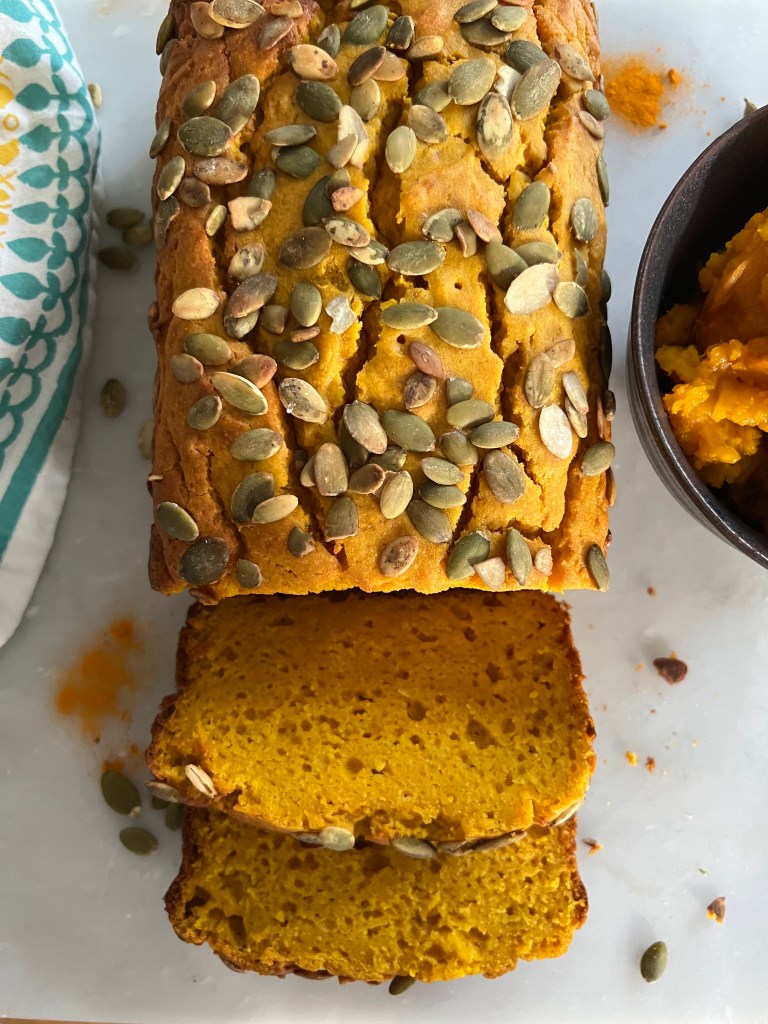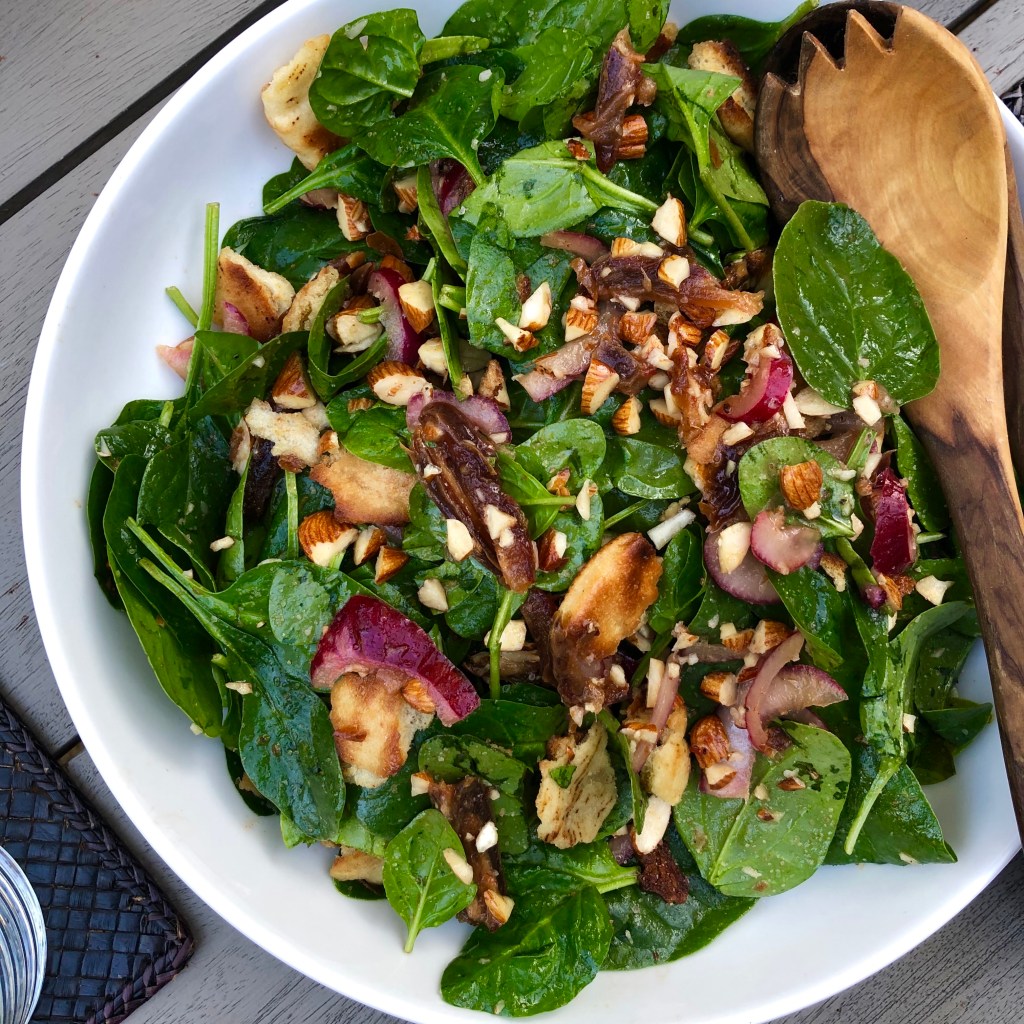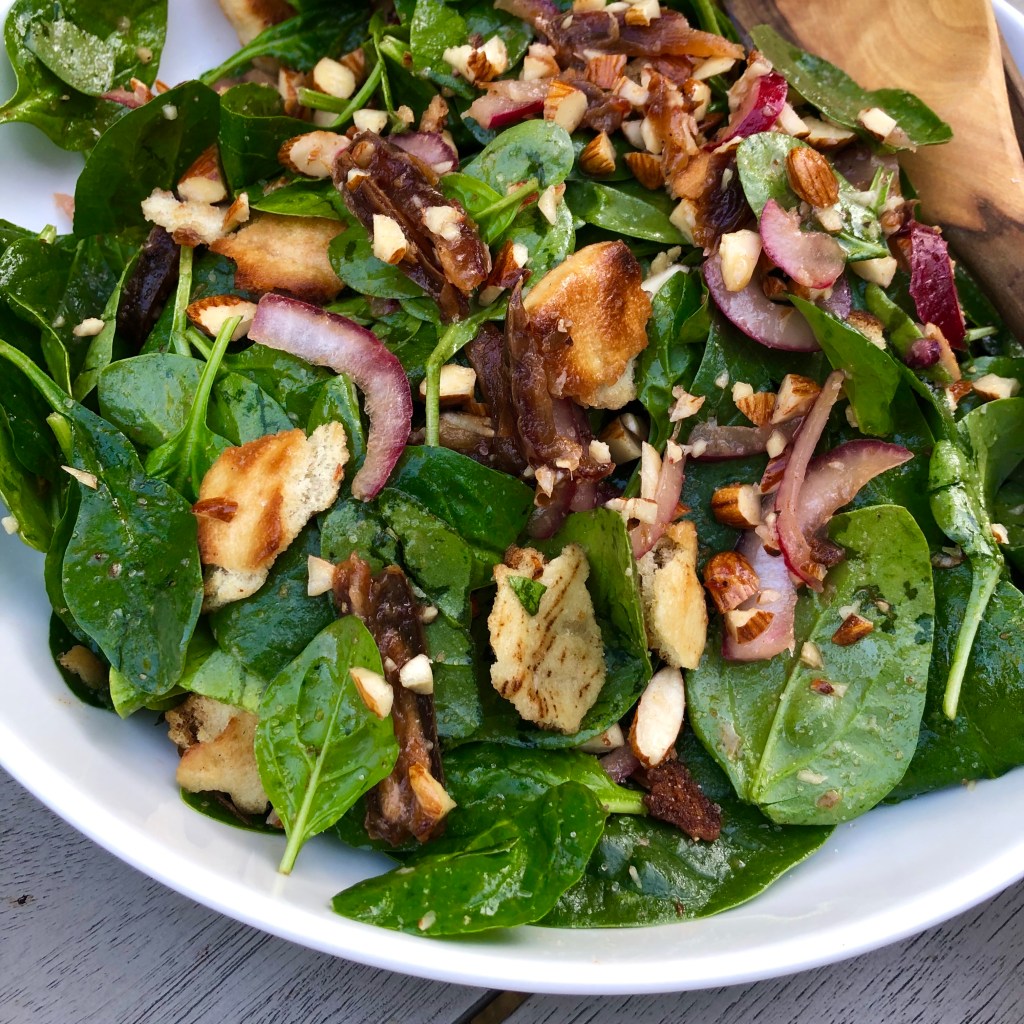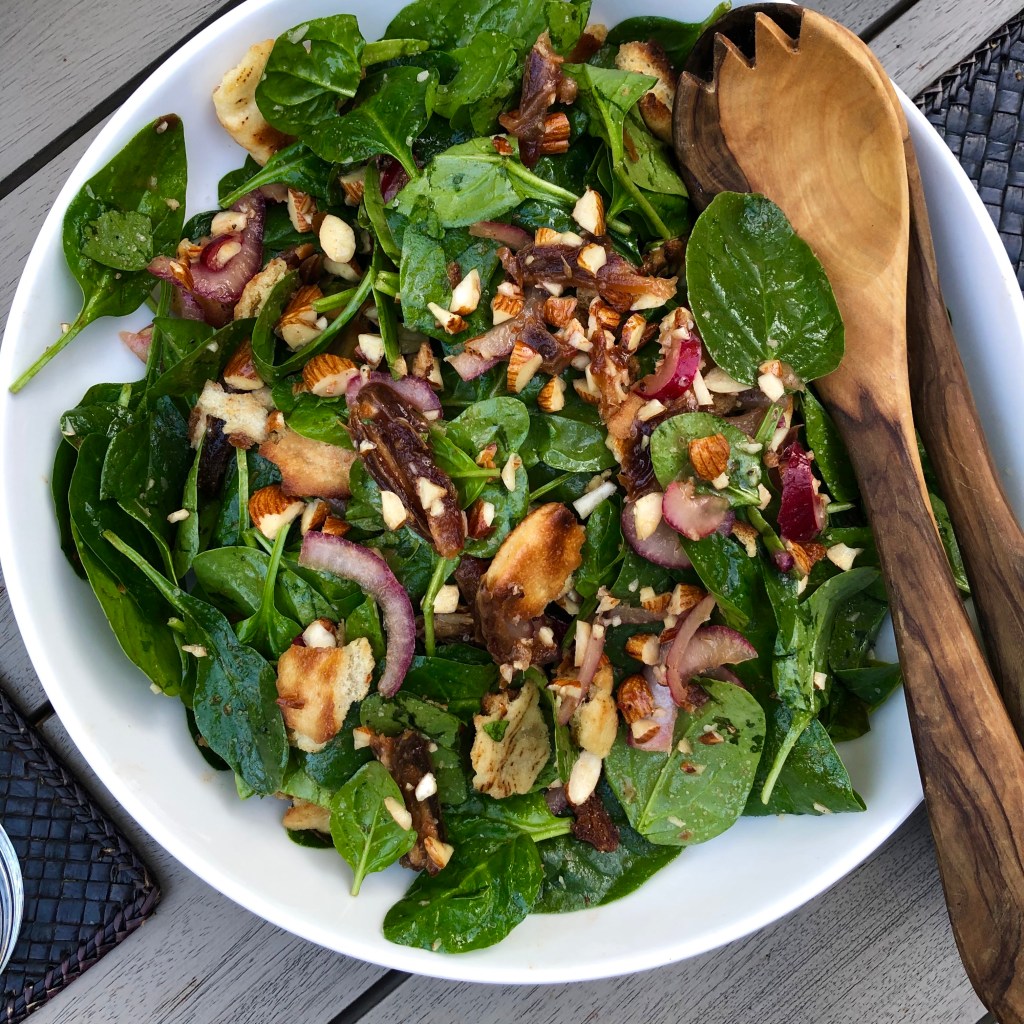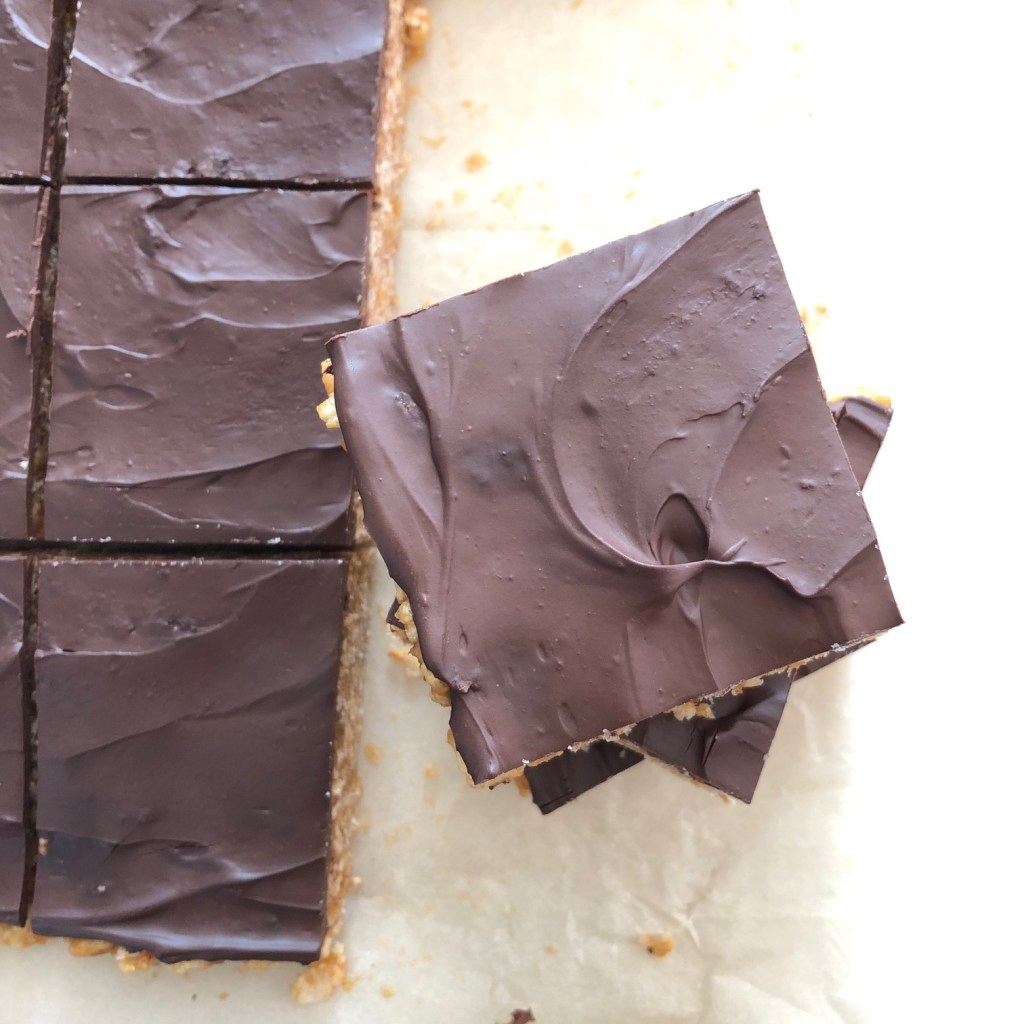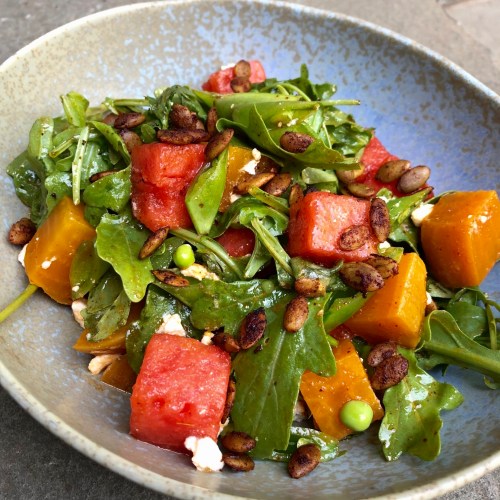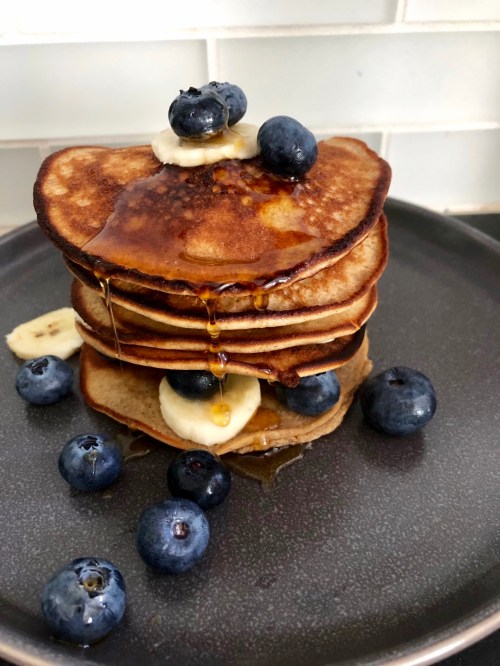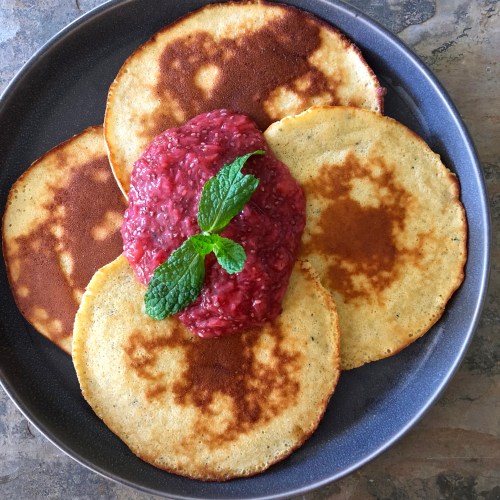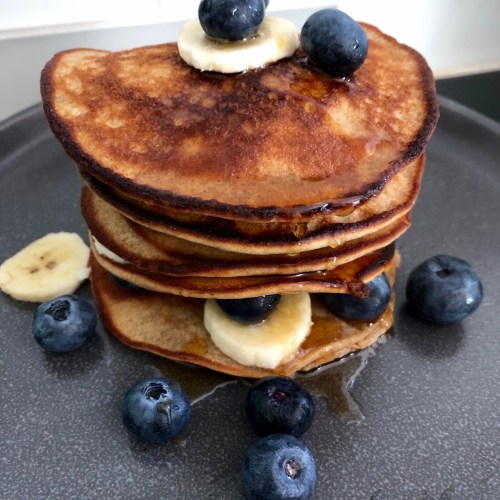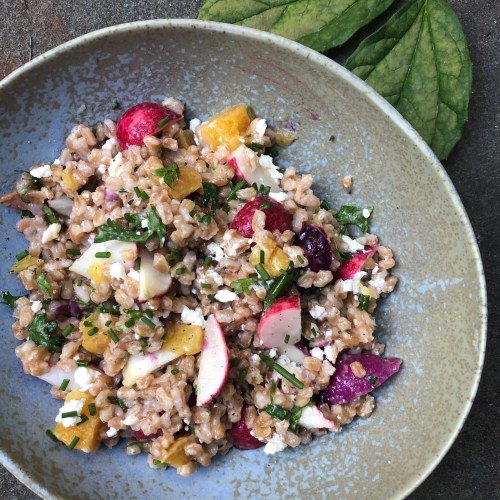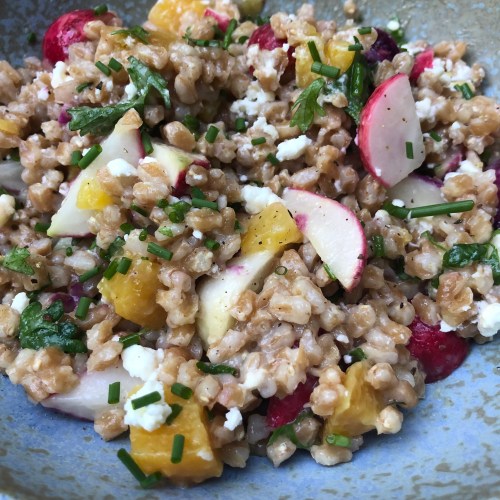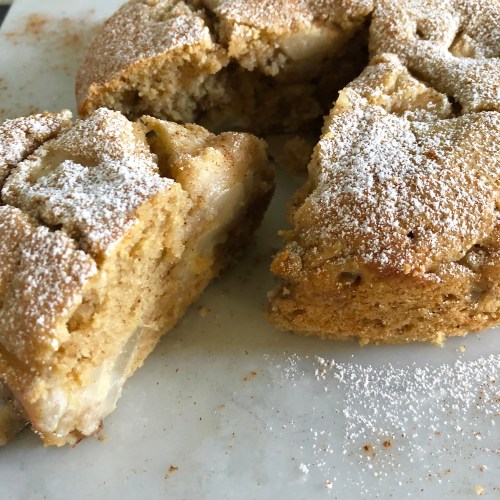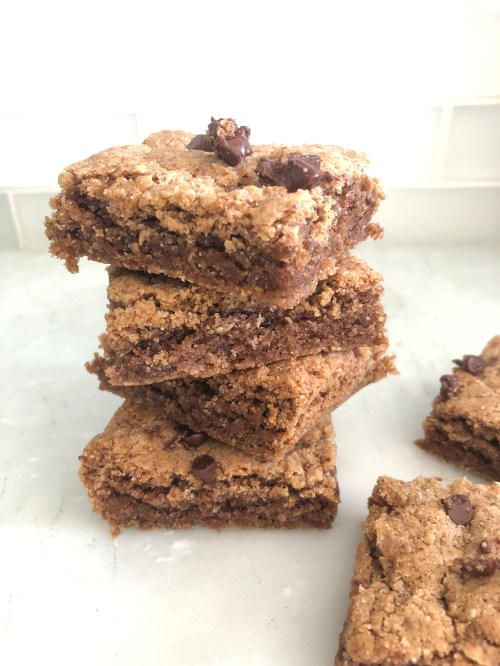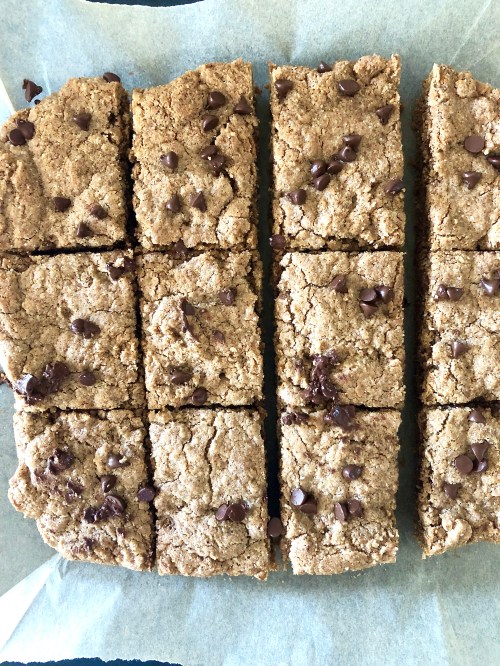

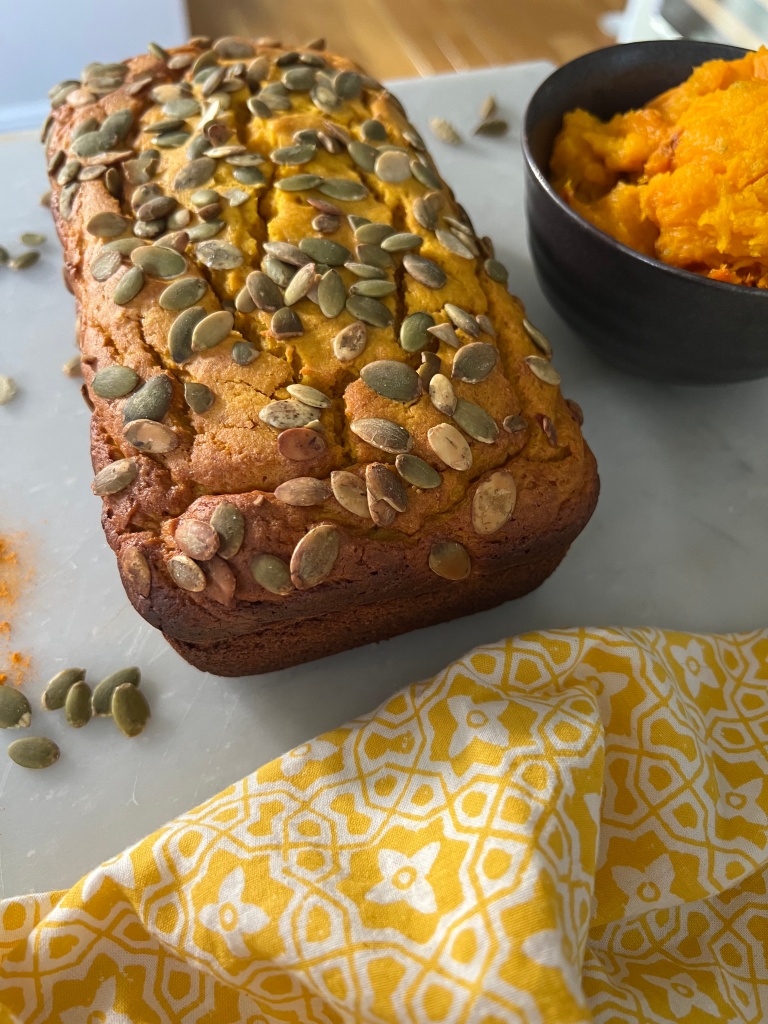
Just look at the gorgeous color of this cake! It exudes Fall feeling, and makes me think of pumpkin patches, warm creamy soups, and trees turning.
When the immensely-talented Seattle-based cookbook author, stylist and photographer, Aran Goyoaga of Cannille et Vanille, reposted her Roasted Kabocha Squash Cake with Turmeric and Cardamon recently, I knew I had to make it–immediately. In addition to its beautiful color, it’s the perfect treat to serve with afternoon tea or with breakfast or brunch for your Thanksgiving guests who stay overnight.
However, if you follow me on Instagram or if you’ve read any of my blog posts, you know I am always trying to reduce my sugar intake, as well as that of my kids’ (and basically that of everyone I encounter). I’ve read countless studies, listened to numerous doctors and nutritionists, and it’s an indisputable fact that sugar is bad for us. It wreaks havoc on our metabolic health and leads to insulin resistance which is the main driver of cardiovascular disease as well as the driver of diabetes and dementia. But, I digress.
That’s why every recipe I develop contains relatively low amounts of added sugar, and why I typically half the amount of sugar called for with nearly anyone else’s recipe(s). I’ve made this cake (bread) several times now, experimenting with different flours (almond, tiger nut, etc) and using half the sugar originally called for. It turns out beautifully each time.
Aran’s original recipe uses 3/4 cup brown rice flour, 1/3 cup tapioca starch and 1/4 cup potato starch, but when my long-time foodie friend, Alaina of Furthermore Ventures, asked me to try using Renewal Mills 1 to 1 Gluten-free Baking Flour, I happily obliged and made the cake as follows* (and as pictured).
Ingredients
1 large kabocha squash (see note below)
1/4 cup unrefined sugar (plus optional 1 tsp sugar for sprinkling)
1/4 cup maple syrup
3 large eggs
1/2 cup (110 g) extra-virgin olive oil, plus more for greasing
1 tsp pure vanilla extract
3/4 cup plus 2 tablespoons Renewal Mill 1 to 1 Gluten-free Baking Flour
1/3 cup (35 g) tapioca starch
1/4 cup (40 g) brown rice flour
2 teaspoons baking powder
1 teaspoon ground turmeric
1/2 teaspoons ground cardamom
3/4 teaspoon kosher salt
3 tablespoons raw pumpkin seeds
*Aran’s original recipe calls for 3/4 cup sugar and 1/4 cup maple syrup which you can see from above I reduced to 1/4 cup each. Her recipe also uses 1/4 tsp ground cinnamon and 1/4 tsp ground cardamon, but prefer the flavor when the cinnamon is eliminated all together and the cardamon in increased. I also think the vanilla is a nice addition. This cake is pretty forgiving, so feel free to experiment as I have.
Preparation
Preheat oven to 400F. Cut the squash in half and scoop out all the seeds. Rub or brush a little olive oil on all the cut and scooped surfaces and place on a parchment-lined baking sheet cut-side down. Bake for 45 minutes or until flesh is tender when pierced with knife or fork. Set aside until cool enough to handle.
Reduce heat to 350F. Grease the inside of a pound-loaf pan (8.5-inches by 4-inches approximately) with olive oil. Cut one strip of parchment paper (approximately 7 x 13 inches) and fit it in the pan crosswise leaving a bit of overhang. This makes it super easy to lift the cake out of the pan.
Scoop the flesh out and measure 1 cup (225 g) into a blender (e.g., Vitamix). Add the sugar, maple syrup, eggs, vanilla extract and oil and blend until smooth.
In a medium bowl, whisk together the flours and starch, baking powder, spices, and salt. Pour in the wet ingredients and stir until it comes together into an even, thick batter. Pour into the prepared pan and smooth out the top with your spatula. Sprinkle the top with pumpkin seeds and about 1 teaspoon of sugar (optional).
Bake the cake for 45 to 50 minutes until a toothpick inserted in center comes out clean. Let the cake cool in the pan completely, then lift out and serve. Store the cake tightly wrapped in the refrigerator for up to 3 days.
Enjoy!

